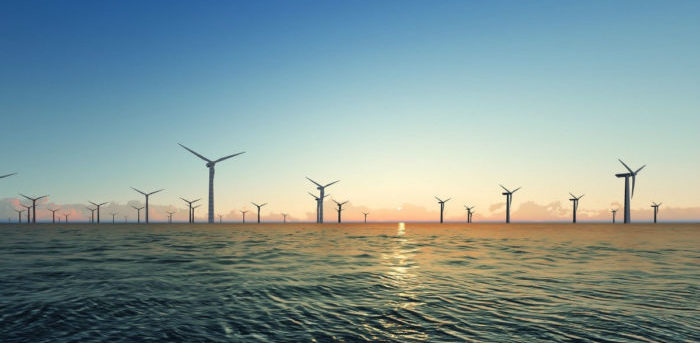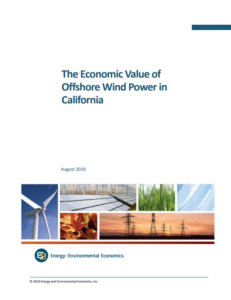A new report by Castle Wind, noted that offshore wind power is growing rapidly around the world, driven by dramatic cost reductions and increased interest in carbon-free energy sources. While most offshore wind projects to date have used fixed-base platforms, there is growing commercial experience with floating-base applications that will unlock wind resources in deeper waters, such as those off the coast of California.
California is a large potential market for offshore wind due to its ambitious clean energy policies and economy-wide greenhouse gas (GHG) reduction goals. While California leads most states in renewable energy deployment, it will need several times more renewable energy capacity than is currently installed to meet its long-term policy commitments.
[smlsubform prepend=”GET THE SAFETY4SEA IN YOUR INBOX!” showname=false emailtxt=”” emailholder=”Enter your email address” showsubmit=true submittxt=”Submit” jsthanks=false thankyou=”Thank you for subscribing to our mailing list”]
While California has studied optimal pathways and different scenarios for meeting its clean energy goals, it has yet to fully investigate its offshore wind potential. California’s long-term planning studies, which inform the state’s energy procurement, transmission investment, and associated policy decisions, have not formally modeled offshore wind as a future supply option for GHG-free energy.
Thus, Castle Wind has asked E3 to study the economic value of offshore wind in meeting California’s policy goals and to determine the potential market size and system-wide cost savings if offshore wind were to be deployed at scale. This study seeks to close a longstanding information gap by investigating the potential role of offshore wind to help meet California’s long-term policy goals.
In this study, E3 used its RESOLVE model – a resource planning tool used in many groundbreaking renewable energy studies in California and nationwide – and analyzed offshore wind economics using key input assumptions provided by Castle Wind.
The RESOLVE model was given an unlimited amount of offshore wind potential in order to estimate the optimal capacity without regard to current federal offshore wind call areas or to existing onshore transmission limitations. The study finds that offshore wind could be a valuable and significant resource for meeting the state’s long-term climate goals:
- Our analysis finds that the least-cost portfolio for meeting the state’s energy goals would include 7-9 GW of offshore wind by 2040. This represents enough energy to power four million homes and meet approximately 10 percent of the state’s electricity needs;
- Modeling results across all scenarios found that including offshore wind in the state’s energy mix would produce ratepayer savings of approximately $1 to $2 billion on a net present value (NPV) basis;
- Potential ratepayer savings from offshore wind increase over time. Floating offshore wind becomes part of the least-cost portfolio by 2030, with demand increasing consistently in subsequent years as California’s policy goals become more stringent;
- The study also evaluates offshore wind relative to other resource options including out-of-state onshore wind (e.g., from Wyoming or New Mexico), and finds that offshore wind remains a valuable and least-cost resource option even if out-of-state wind is developed in the future. This is due to offshore wind’s proximity to in-state electricity demand and existing transmission infrastructure.
While this study identifies the economic opportunities presented by offshore wind, it does not make any policy recommendations or purport to answer questions related to offshore wind transmission needs, lease areas, future performance and cost improvements, supply chain and infrastructure development, and associated investment and job creation, each of which may merit more detailed studies
Castle Wind explains.
This report focuses on the high-level economics of offshore wind and the potential scale at which this resource may help achieve California’s long-term policy goals.
See further information herebelow































































